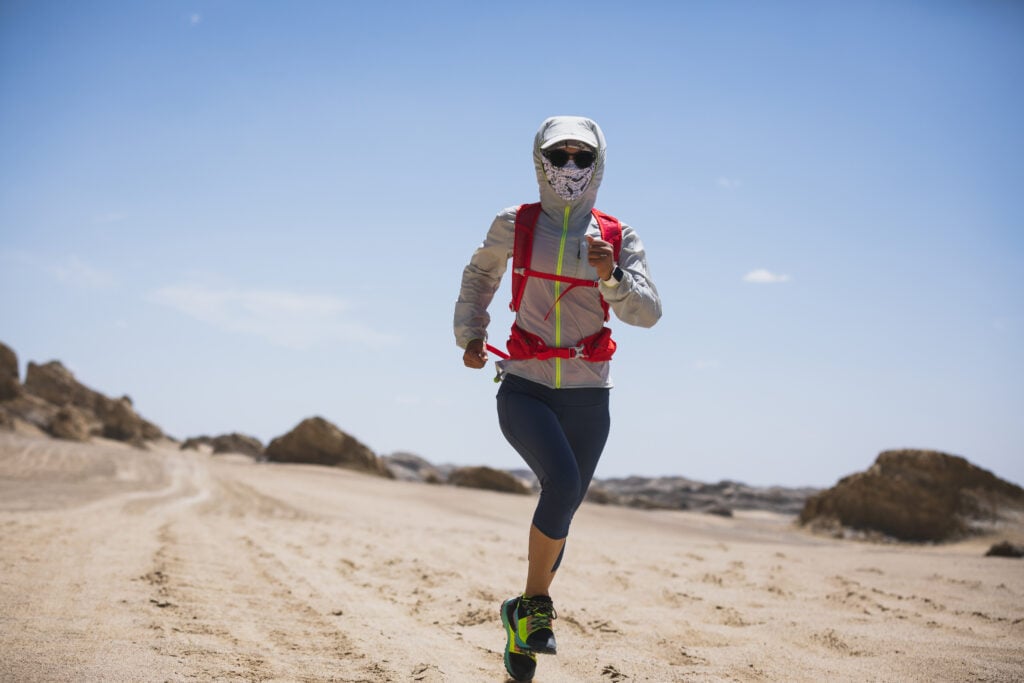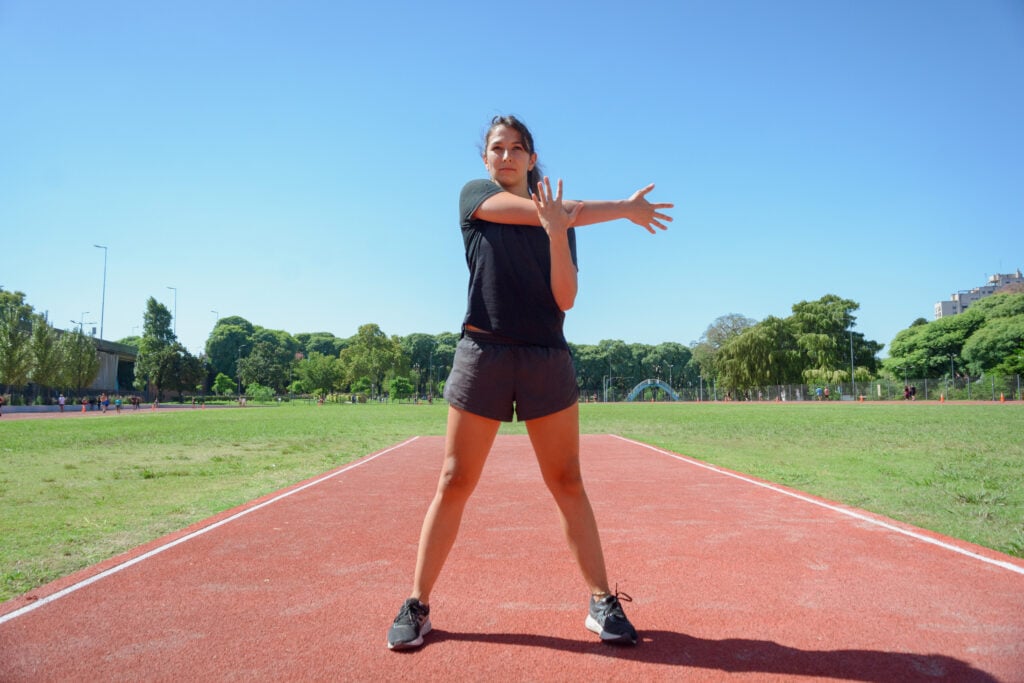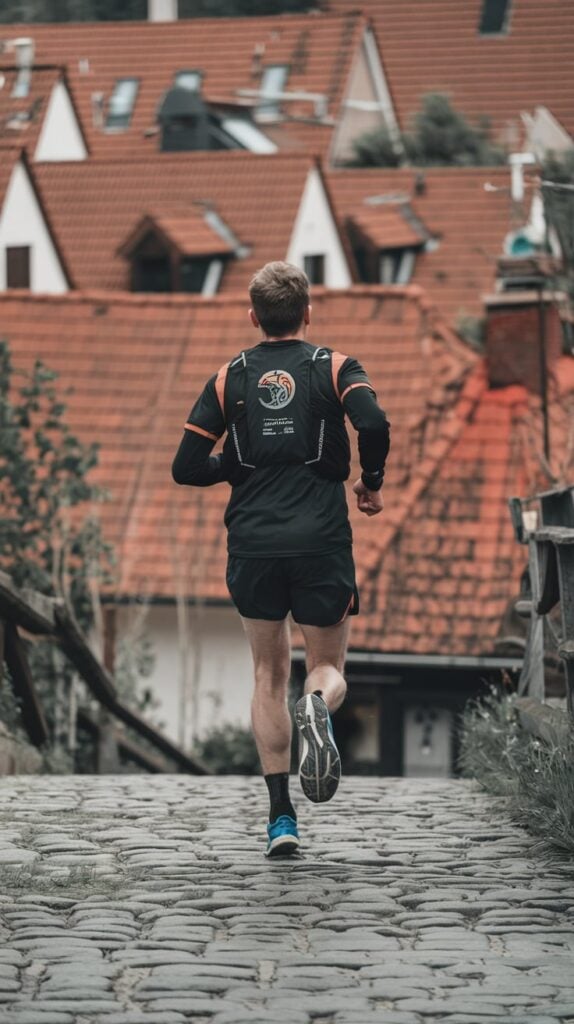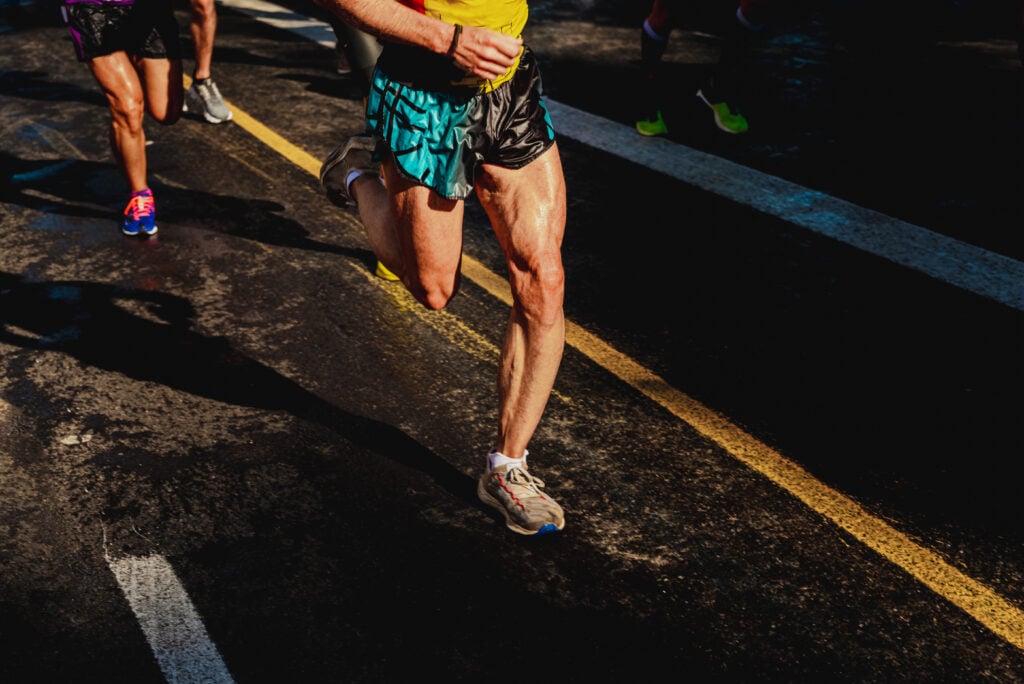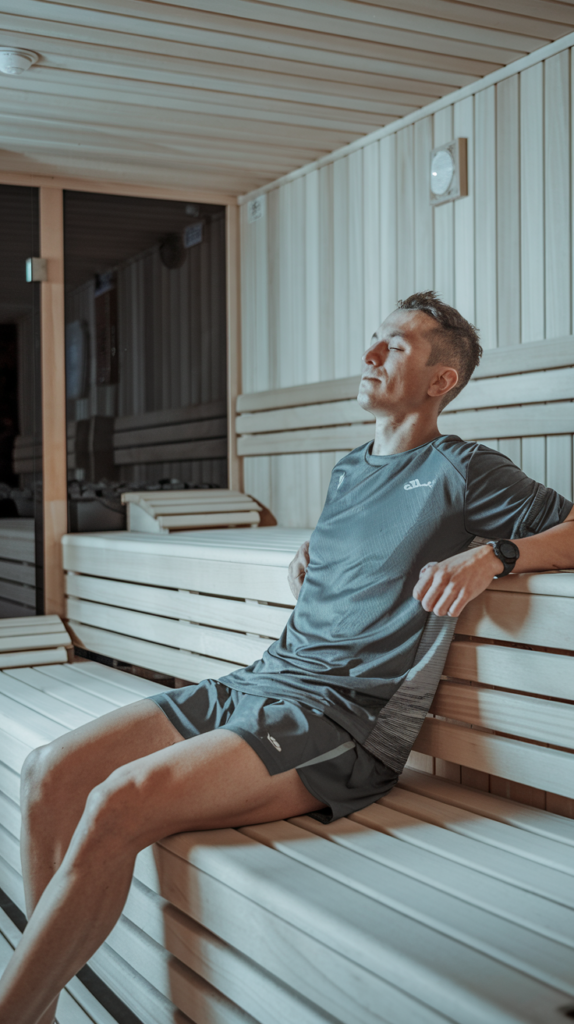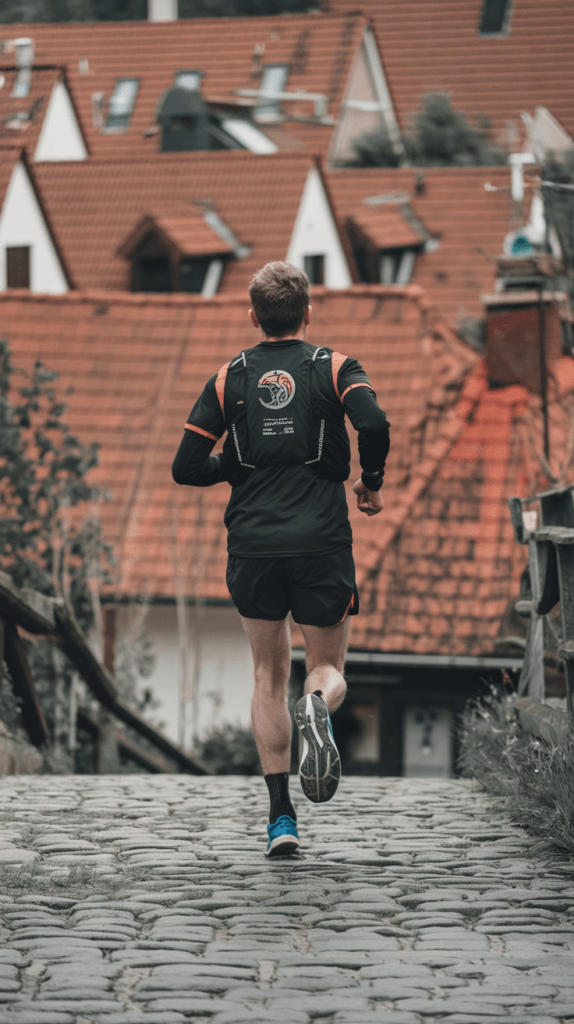
Aging is a natural part of life, and everyone experiences it differently. Some people stay active and engaged well into their later years, while others notice changes in their daily routines. The key to feeling good over time isn’t about reversing the aging process—it’s about maintaining daily habits that support overall well-being.
Many people think about wellness only when they start noticing differences in how they feel. But small, consistent choices can help maintain a sense of balance as the years go by. Whether it’s through daily movement, nourishing meals, or staying connected with others, taking a proactive approach can make a difference.
This article explores simple habits that can support long-term well-being, helping you feel your best at any stage of life.
1. Supporting Your Body with Balanced Choices
One of the most effective ways to maintain overall well-being is to focus on a well-rounded approach to daily habits. This includes a combination of movement, mindful eating, hydration, and relaxation. The way we take care of our bodies today plays a role in how we feel in the future.
Eating a variety of nutrient-dense foods is a great way to support overall wellness. A well-balanced meal plan includes sources of protein, fibre, and essential fats, along with colourful fruits and vegetables. Whole foods can provide important nutrients that contribute to maintaining daily functions.
Hydration is another important part of a balanced lifestyle. Water supports various processes in the body and can be included through a variety of sources, such as herbal teas and hydrating foods like cucumbers and oranges.
For those who may not always get enough nutrients from dietary choices alone, some people consider adding supplements as part of their wellness routine. Companies like USANA Health Sciences focus on research-backed approaches to nutritional support. While a balanced diet should be the foundation, supplements can be an option for those looking to complement their daily intake. Choosing high-quality, well-researched wellness products can be one part of a well-rounded approach.
2. Staying Active in a Way That Feels Good
Movement plays an important role in maintaining overall well-being, and there’s no one-size-fits-all approach. The key is to find enjoyable activities that fit your lifestyle. Whether it’s a daily walk, stretching, or a favourite hobby like swimming or dancing, movement helps keep the body engaged.
Flexibility and mobility are also important aspects of staying active. Gentle stretching or simple exercises can help maintain range of motion and allow for ease in daily activities. Strength-based movements using body weight or light resistance can also be a useful addition to a routine.
It’s not necessary to follow an intense workout plan to maintain an active lifestyle. The focus should be on consistency and enjoyment rather than specific numbers or achievements. Small efforts, like choosing to take the stairs or stretching before bed, can be valuable ways to keep the body moving.
3. Making Rest and Recovery a Priority
Well-being isn’t just about staying active—it’s also about finding time to rest. The body needs downtime to support its daily functions, which is why relaxation and sleep play such a key role in maintaining overall balance.
Quality rest starts with simple routines. Creating a calming environment before bed can help support a restful night. This may include dimming the lights, limiting screen time, or engaging in relaxing activities like reading or listening to calming music.
Mindful relaxation throughout the day is just as important. Taking breaks, practising deep breathing, or setting aside time for personal hobbies can contribute to a balanced routine. Prioritising rest doesn’t mean slowing down—it means allowing the body and mind to recharge.
4. Staying Socially Connected
Social interactions contribute to a sense of well-being. Whether it’s catching up with family, joining a community group, or simply having a conversation with a friend, staying engaged with others can make daily life more fulfilling.
There are many ways to maintain social connections. For some, it may be through regular phone calls or video chats. For others, it could be joining a club, attending local events, or finding a shared activity with a group. Even small interactions, like greeting a neighbour or participating in a group hobby, can add a sense of connection.
Spending time with others doesn’t have to be limited to personal relationships. Getting involved in volunteer work, taking a class, or even attending casual social gatherings can all be ways to stay engaged. The goal is to find meaningful interactions that bring joy and connection.
5. Adapting to Change with a Positive Mindset
Life is always changing, and adjusting to new routines can help maintain balance. Whether it’s changes in lifestyle, environment, or personal interests, being open to new experiences can keep life engaging.
One way to adapt is by embracing lifelong learning. Picking up a new hobby, exploring different activities, or even trying new recipes can add variety to daily life. Staying curious and open to new experiences helps keep things interesting.
A flexible mindset also plays a role in how we approach wellness. Instead of focusing on perfection, it’s helpful to focus on consistency. Some days may look different than others, and that’s okay. The key is to maintain habits that feel supportive over time.
Adjusting to life’s changes doesn’t mean giving up what’s familiar. It’s about finding a balance between routines that feel comfortable and new experiences that add to personal growth.
Healthy aging isn’t about following strict rules—it’s about maintaining a lifestyle that feels supportive. The small habits practised daily add up over time, helping to maintain overall well-being.
Whether it’s through movement, mindful eating, quality rest, or staying connected with others, every choice contributes to a sense of balance. The key is to focus on what feels good and sustainable in the long run.
By creating a routine that includes supportive habits, aging can be approached with confidence and ease. The goal isn’t to stop the clock—it’s to enjoy each stage of life while maintaining a sense of wellness and fulfilment.


